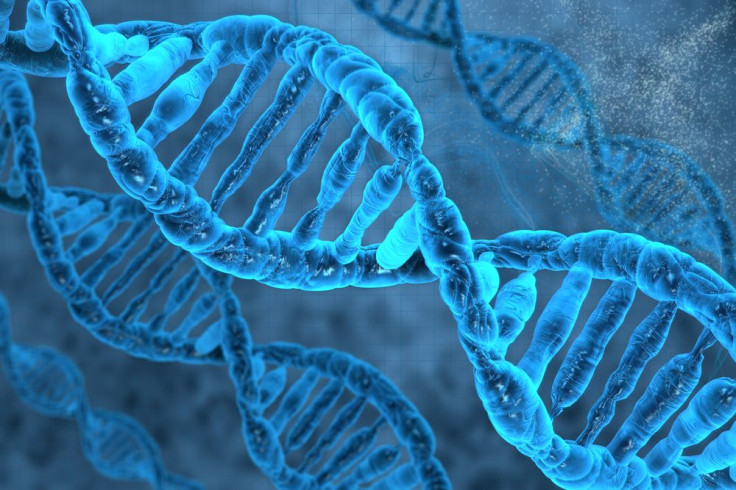How Do Stem Cells Create Tumors? Manipulating Signaling Mechanism Can Toggle Tumor Growth Up And Down

Years of research have highlighted the opportunities mesenchymal stem cells — traditionally found in bone marrow — present. These include the growth of skin, a liver, and even teeth. But according to a new study, these cells, which are promising for organ growth and disease treatment, may also have the opposite effect, at least in the mouth, where researchers recently found that epigenetic changes in cell signaling can cause healthy stem cells to grow into benign tumors in the jaw’s tissue — also known as fibroma tumors.
In healthy cells, genes known as proto-oncogenes code the other proteins in the cell in order to create different cells within the body, according to the American Cancer Society. However, if these genes become mutated — simply into oncogenes — they can turn on proteins that aren’t supposed to be activated. These mutated cells, in turn, eventually multiply and develop into cancer.
The researchers found that the ossifying fibromas, the tumors that the researchers concentrated on, showed increased signaling activity in the signaling protein TGF-beta (TGF-b), a protein that has been associated with other craniofacial malformations. On this premise, they conducted epigenetic upregulation — switching inactive genes on — on TGF-b cells and found that it hastened the formation of these fibroma tumors. On the other hand, turning off TGF-b activity in the cell slowed down tumor formation.
The finding offers insight into potential methods for reducing the size, or removing completely, the benign fibroma tumors. Although they aren’t harmful, they can grow aggressively, causing the jaw to enlarge. “The only treatment option for ossifying fibromas is surgical, which leads to major loss of vital tissues and challenging post-surgical reconstruction,” principal investigator, Songtao Shi, a professor at the Ostrow School of Dentistry Center for Craniofacial Molecular Biology, said in a statement. Advancing their knowledge on upregulation/downregulation in these tumors could help them avoid risky surgery, he said.
“Quality of life is largely compromised,” Shi said in the statement. “Thus, there is an urgent need to understand the underlying mechanism by which stem cells may contribute to the pathophysiology of orofacial benign tumors and to develop target-specific treatment.”
Source: Qin H, Qu C, Yamaza T, et al. Ossifying Fibroma Tumor Stem Cells Are Maintained by Epigenetic Regulation of a TSP1/TGF-β/SMAD3 Autocrine Loop. Cell Stem Cell. 2013.



























